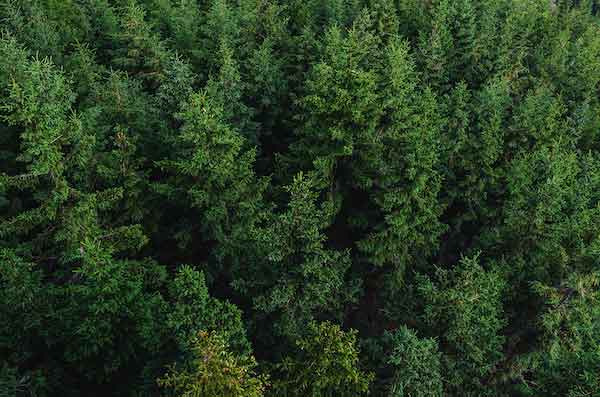Article
Everything you need to know about bioretention rain gardens
We answer your questions to help you understand the technical aspects of a rain garden and the benefits of using one for your stormwater project.
What is a bioretention rain garden?
Bioretention is the process in which contaminants and sedimentation are removed from stormwater runoff. The main objective of natural rain garden media is to attenuate peak runoff and remove stormwater runoff pollutants.
There are a lot of technical factors that go into designing a rain garden, such as:
Location
Depth, dimension and spacing
Drainage and Infiltration rate
Media mix and media depth
Surface finishing and plant selection
Overland flow path
Azwood supplies the natural filter media required for a bioretention rain garden and works with civil contractors and councils to create a media specific to their project.
Download our free guideWhat’s the purpose of a bioretention rain garden?
Rain gardens are a natural way to filter stormwater by removing heavy metals or sediments before it goes into waterways. They are also designed to hold a small amount of stormwater to slowly release it into waterways over an extended period of time.
Rain gardens are a versatile stormwater management system that provides passive irrigation and a stormwater filter to reduce flow during weather events which prevents flooding.
This reduces the possibility of flooding and reduces the amount of pollutants that can enter waterways.
Rain gardens can provide significant improvements to plant health, carbon footprint, connection to nature, land values etc. It can also reduce the need for ongoing irrigation during dry periods.
The impacts of extreme rainfall eventsHow does a rain garden system work?
Each component of a rain garden is designed to perform a specific function and different rain gardens are required for different locations depending on rainfall.
A rain garden’s main job is to help remove pollutants and slow down stormwater flows.
Natural rain garden media provides a temporary holding capacity during a rain event which helps slow down the flow of water going into catchments. The water is filtered through the bioretention media which absorbs contaminants before the stormwater flows into the ground, pipes, drains and streams, and eventually to the sea.
The plants chosen for a rain garden system have been specifically picked for their ability to absorb nitrogen, phosphorus and other heavy metals.
The suitability of plant species will depend not only on their ability to remove heavy metals, but also on their capacity to tolerate conditions that may negatively impact plant growth. For example, plants in bioretention systems may be exposed to both wet and dry conditions, ponding and loading of fine sediments.
Filter media
Transitional layer material
Drainage layer material
What maintenance is required?
Weeding, erosion, sediment build-up, and poor water drainage are just some of the problems that can erode these systems over their service life. Build up of sediment can affect the infiltration rate of the natural rain garden media. So it is recommended to maintain these 3 times a year.
What are the costs of a rain garden system?
Cost per unit compares favourably against soil adsorption basins and storm filters.
regular maintenance is important to achieve good treatment outcomes in the long-term. The cost is likely to be higher than for basins and wetlands, but similar to storm filters.
They also increase the value of developments through the improved amenity they offer.
What are the benefits?
Visual
Environmental
Land Value
Stormwater management
How Azwood can help
Azwood works with civil contractors who are working on a rain garden project to supply them with the BioRetain rain garden media. Once we have determined the project’s location, we research the region’s rainfall to determine requirements for the specific area.
Our recommendation for the right bioretention rain garden mix is then sent off for review by all parties involved. Azwood can help with delivery along with supplying any certification documents required.
Contact us for a consultationRelated articles
Item 1 of 3

Follow us
More from Azwood
Connect with us on social media to learn more and be the first to hear our latest industry updates
